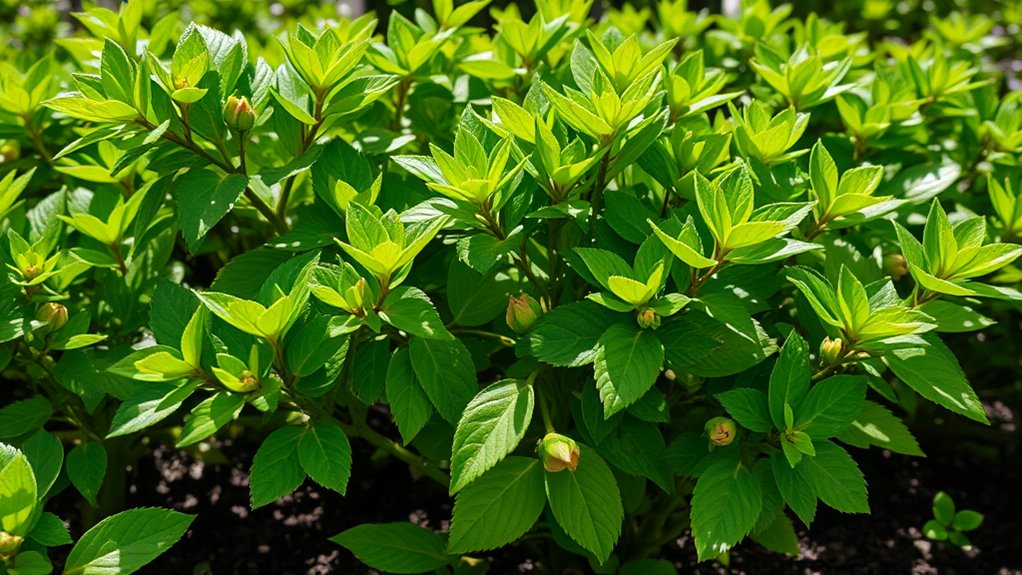I Pruned My Plants and They Grew Back Better Than Ever
When you prune your hydrangeas in early spring, you often witness a remarkable transformation. By cutting back old stems and shaping the plant, you can improve air circulation and encourage healthier growth. This technique isn’t just for aesthetics; it’s vital for the plant’s vitality. Understanding the right tools, timing, and methods can greatly impact your garden. Let’s explore how effective pruning can lead to an abundant bloom season and a thriving green space.
The Importance of Pruning for Healthy Growth
Pruning is essential for maintaining healthy plant growth, as it directly impacts the overall vitality and appearance of your plants.
Implementing effective pruning tips, like removing dead or diseased branches, encourages better air circulation and light penetration.
Additionally, pruning helps to shape your plants, promoting robust growth and reducing competition for resources.
Regular pruning ultimately leads to healthier, more aesthetically pleasing plants. Moreover, avoiding common pruning mistakes can significantly enhance the effectiveness of your pruning efforts.
Best Tools for Effective Pruning
To achieve the best results in pruning and maintain your plants’ health, having the right tools at your disposal makes all the difference.
Invest in sharp bypass pruners for clean cuts, which promote healing. Use loppers for thicker branches and a pruning saw for larger limbs.
Don’t forget gardening gloves to protect your hands, ensuring safety and efficiency during your pruning sessions. Additionally, incorporating essential gardening tools can enhance your overall gardening experience and improve plant care.
Timing Your Pruning for Optimal Results
Knowing when to prune your plants is crucial for their overall health and vigor. Timing varies by species; generally, late winter or early spring is ideal for dormant plants, encouraging new growth.
For flowering plants, prune post-bloom to avoid cutting off buds. Monitor your local climate and plant health to tailor your pruning schedule, ensuring optimal results and robust growth. Effective pruning and deadheading techniques can also significantly enhance bloom production throughout the growing season.
Techniques for Pruning Different Types of Plants
Maintaining the health and aesthetic appeal of your garden requires understanding the proper techniques for pruning different types of plants.
For woody shrubs, use selective pruning to shape and encourage growth.
With perennials, cut back dead stems to ground level.
For trees, thin branches to improve light penetration, ensuring cuts are smooth and angled to prevent water accumulation.
Always use clean, sharp tools for best results. Additionally, understanding essential pruning techniques can further enhance your gardening success.
My Personal Pruning Journey and Its Rewards
Embarking on my pruning journey transformed both my garden and my understanding of plant care.
You’ll discover that:
- Proper pruning encourages healthy growth.
- It prevents disease by removing dead or damaged branches.
- Pruning shapes plants for optimal sunlight exposure.
- Timely cuts enhance flowering and fruiting.
- It instills a sense of accomplishment and mindfulness.
Regular pruning also promotes a stunning garden by encouraging new growth and optimizing flowering.
The rewards are palpable, both for your plants and your gardening spirit.

